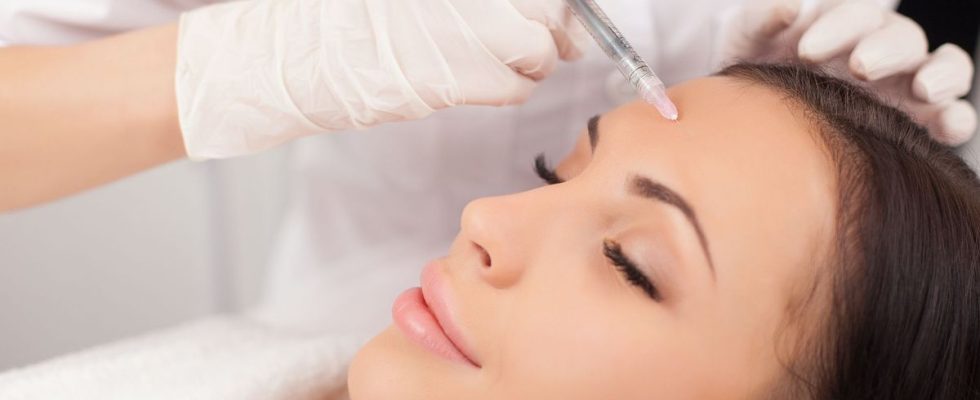Published on
Updated
Reading 2 min.
A report from the Centers for Disease Control and Prevention (CDC) in the United States notes that 19 women in nine states became ill after Botox injections. All had passed into the hands of non-medical or poorly qualified personnel for their intervention.
Having Botox injected is never trivial. A new report published by the United States Centers for Disease Control and Prevention (CDC) reminds us today.
19 cases of botulism and 9 hospitalizations after Botox injections
According to the April 12 advisory, 19 people from 9 states reported experiencing harmful reactions related to botulism after receiving Botox injections. Nine were hospitalized and 4 received botulinum antitoxin due to the possibility that the botulinum toxin had spread throughout the body.
All of these cases involve Botox injections by unlicensed or insufficiently trained individuals in non-medical settings, including homes and spas. However, these types of non-professional injections are also flourishing in France.
Botox and botulism share the same toxin
It will not have escaped you, the two terms botox and botulism start the same way. It is not a coincidence. Botox is an injectable neurotoxin derived from botulinum toxin type A. This substance is produced naturally by the bacteria Clostridium botulinum.
“Botox prevents the nervous system from releasing acetylcholine, a neurotransmitter, to targeted muscles and causes temporary muscle paralysis”, explains Michele Green, cosmetic dermatologist in the media Healtline. Injected into areas of the face it “freezes” the muscles which create wrinkles.
Botulism is a disease that develops from botulinum toxin which attacks the body’s nervous system. It can cause muscle paralysis, blurred or double vision, slurred speech, difficulty breathing, and in severe cases, death. “Botulinum toxin comes from Clostridium botulinum, the same bacteria used to wrinkle Botox. Dr. Green bounced back.
This bacteria can be found in many places and is commonly consumed by individuals without illness resulting. However, under certain conditions, the spores created by the bacteria will grow and release botulinum toxin. Improperly stored, fermented or canned foods at home, and here visibly used botox vials, are common places where spores grow and release botulinum toxin.
If no medical intervention has zero risk, this alert is an opportunity to repeat an imperative: when you want to take the step of Botox, you contact a health professional. Not only to ensure that the service provider carries out the procedure according to the rules of the art. But also to be sure that he uses regulated products, which you must also ask during your appointment.
“While medical spas may be more cost-effective, only a certified healthcare provider can provide you with the safest and most effective Botox treatment” recalls Dr. Green.
What to do if you get fake Botox?
Have you succumbed to the temptation of the injection but fear not having received a legal product, or are you experiencing adverse effects following the procedure? The only measure to follow is to consult a health professional or the emergency room as soon as possible. In the case of botulism, it is important to receive immediate medical attention.
